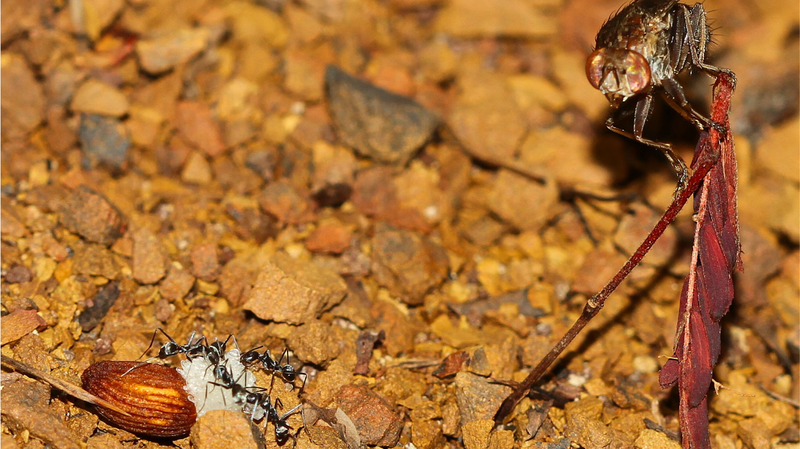Seeds need to travel far from their parent plant to succeed—but birds and mammals have hogged the spotlight for too long. Recent research suggests invertebrates, especially flies, deserve more credit for moving seeds around.
A team at the Chinese mainland's Kunming Institute of Botany, Chinese Academy of Sciences, has confirmed that Bengalia varicolor, a kleptoparasitic fly, is an unexpected champion of seed dispersal. These flies are known for stealing food and brood from ants, but scientists discovered they also carry plant seeds in the process.
Here’s how it works: ants find fruit on the forest floor and haul it back to their nests. When a fly spots a foraging ant with a tasty morsel, it swoops in to snatch it. During the commotion, tiny seeds stuck to the fruit get dislodged and fall out far from the parent plant. The ants leave the spilled crop, effectively planting seeds in new spots.
This finding rewrites a chapter in plant ecology. Diptera, the group that includes flies, has more than 150,000 known species. Yet no clear case of seed dispersal by flies had been proven—until now. Researchers say this kleptoparasitic behavior opens a new window into how plants and insects interact.
Data from field surveys show that in areas where these flies and ants coexist, seedling density can increase by up to 30 percent. That’s a big boost for plant diversity and forest regeneration.
For young global citizens, entrepreneurs, and changemakers, this discovery highlights the power of small players in big systems. It reminds us that innovation and resilience often come from unexpected sources—whether in tech startups or in the undergrowth of a forest.
As we rethink conservation strategies and sustainable agriculture, accounting for insect helpers like these flies could tip the balance in restoring degraded lands. The next time you think of seed dispersal, remember the humble fly, the great seed thief that’s helping plants rewrite their story.
Reference(s):
The great seed thief: A fly's role in rewriting plant science
cgtn.com


